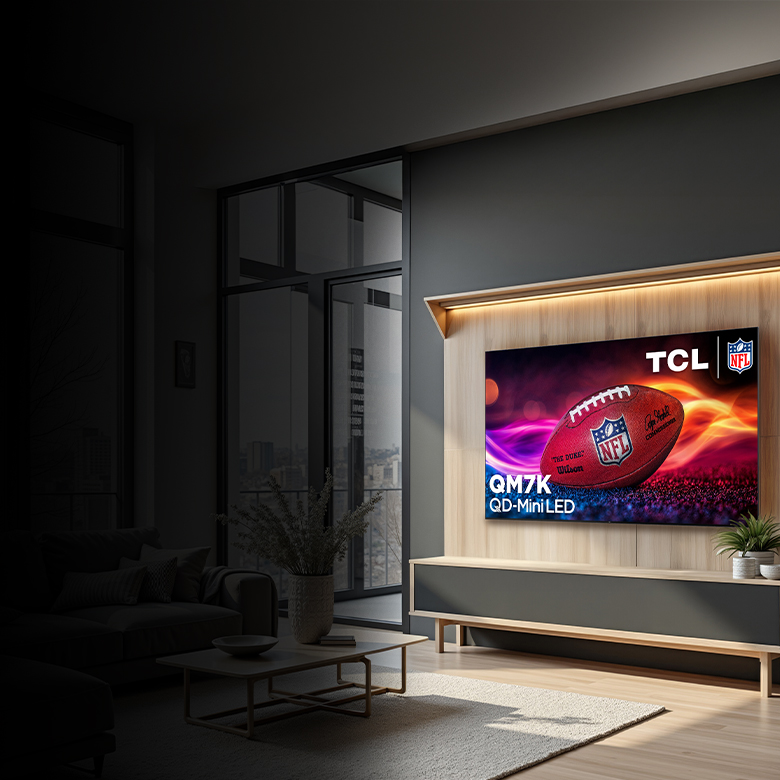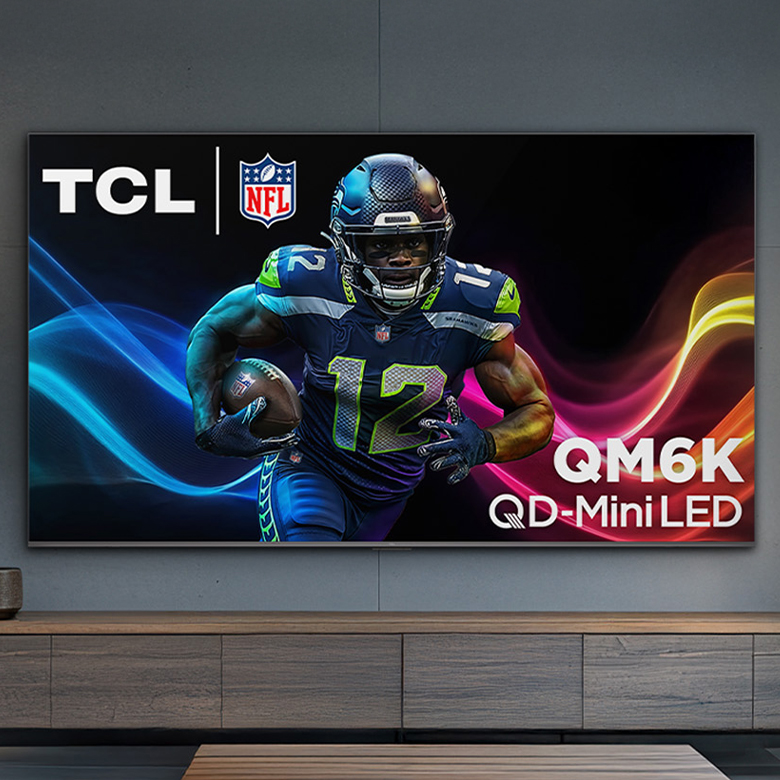If you were to Google “impulse buy” I’d imagine it would show a picture of someone in a store buying an air conditioner during a heatwave. Having endured many hot and sultry nights in New York City, it is easy to see how that second night of discomfort can result in the floodgates opening, creating a mad rush to buy an air conditioner. In many of the warmer areas of our country, AC is standard in homes, but up north, sales of air conditioners are seasonal.
It’s during that first heatwave that we know what’s right around the corner, and I want to caution consumers about the best ways to avoid common mistakes. TCL has a wide variety of air conditioners to fit nearly any application, but like most things, doing your homework ahead of time will help you get the most from your purchase.
After many years in the air conditioner business, I’ve learned that finding the right air conditioner is as much an art as it is a science. You always should do your own research – both in-store and online – to make sure you have the right AC for your needs. That being said, here are some things I learned over the years:
Choosing the Right Size – It is critical to know the size of the room you want to cool!
The baseline formula I always started with is “length x width x 30.” For example, if you have 300 square foot room, start with 9,000 BTU AC unit. However, there are some variables to keep in mind, such as:
- Is there a second floor? If so, you’ll need to add a few thousand BTUs.
- Southwest exposure later in the day when it’s hottest? Add a few thousand BTUs.
- Lots of foot traffic? Add about 800 BTUs for each person you’d expect in the room (remember, we give off heat!).
- Big, glassy windows? They may let heat in. Size appropriately.
- And please note the recommended BTU’s for a specified room size on the product packaging.
It’s a Room AC, Not a Rooms AC
Fact: cold air hates to travel. That means, that when you move to a nearby room, the flow of cool air will stop at the doorway. So, avoid trying to cool multiple rooms using just one window air conditioner. If you rely on just one unit to do the heavy lifting, you’ll never hit the sweet spot in other areas of your home. If another window unit isn’t feasible, you may want to consider a portable unit to use in spare rooms.
Don’t Oversize or Undersize - Resist the temptation to buy the least expensive model!
It’s just as bad to oversize as it is to undersize. It’s often thought that if a situation calls for a 10,000 BTU unit then, heck, a 15,000 BTU unit will get me comfortable even faster! Unfortunately, this is simply not the case.
Buying a unit that’s too big will just result in the AC removing all the heat from the room, but not having the time to remove the humidity. The result? A cold, clammy room that’s just as uncomfortable as a warm, sticky room.
Fun fact: An air conditioner doesn’t cool the air in the room…it removes the heat and moisture from the room’s air and sends it outside.
It’s also equally important not to undersize!
If you choose to put a 5,000 BTU air conditioner in a big living room, the window unit may not have enough time to cycle the compressor off and on after it’s reached a comfortable temperate. The result? A nice big ice-cube in your window when the compressor freezes up.
The Longest 3 Minutes of your Life…
Don’t call the store after you’ve spent time sweating and installing your new AC when it doesn’t immediately start cooling!
Window air conditioners are designed so that when they are first turned on, the compressor doesn’t “kick on” for about 3 minutes. You’ll hear it and feel it in no time. Be patient!
Look at the Chassis
When you’ve found an AC you’re considering, be sure to inspect the kind of chassis, as it may be different than the one you’re replacing or last used. In general, there are two kinds of window air conditioners:
- Fixed chassis - This is a little simpler, as the wings just attach to the outside and the unit goes in the window. Traditionally, these tend to be smaller units.
- Slide-out chassis - With this kind, you slide out the “guts” of the unit, mount the lightweight shell into your window, and then slide the “guts” back in
It’s important to know what you have, as often there are shipping blocks inside and slide-out chassis units that must be removed during installation.
Know Your Voltage
There are a few different types of electrical requirements for modern ACs. Make sure you know what you have and buy the appropriate unit, or work with an electrician to update your electrical system. Check the electrical requirements before you buy, as window AC units are typically more powerful than standard household appliances.
If you already have a dedicated outlet for your AC unit, you’ll want to choose a replacement with the same ratings and plug type to eliminate the need of having a new outlet professionally installed by an electrician.
Remember, with a little bit of research beforehand, you’ll get years of comfort from a room air conditioner. And with all the great recent developments that TCL is bringing to modern units – with great features like an electronic thermostat, Wi-Fi connectivity, and timers – it’s easy to improve comfort while making it simpler to run. Stay cool!



share